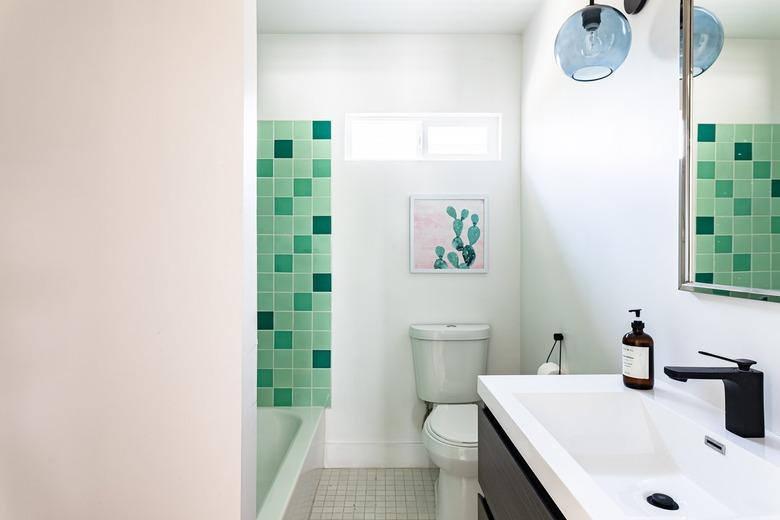How To Reattach The Plunger On A Bathroom Sink
Sink plungers, also known as sink stoppers, plug up the drains in your bathroom sinks and hold in water when you need it. However, sometimes they get stuck, won't stay open or experience other problems. Fortunately, they are not that difficult to repair. Sometimes, the culprit is blockage or a simple mechanical problem, so you may be able to fix that stopper yourself rather than replacing it.
Understanding the Repair
Be sure that the water is completely turned off in the sink and remove any items that are underneath. Place a bucket in your work area as a precautionary measure. The tools you will need to repair the stopper include an adjustable wrench, screwdriver and slip joint pliers.
Sink stoppers use levers and links to move the drain plugs up and down. The lever or lift knob is on or near the faucet body and connects to a lift rod. This rod is often attached with a spring clip to a "clevis," which looks like a flat, slotted bar. The clevis connects to a pivot rod and ball assembly, which pushes the stopper up and down.
Repairing the Sink Plunger
Pop-up stoppers can often be removed by simply pulling them right out of the sink. You may need to go underneath and remove a retaining nut to take out the pivot rod first, though. Alternatively, you might have to carefully twist the stopper until it unhooks from the pivot rod.
Once they are removed, check the stopper and pivot rod to see if they are worn or broken; they may need to be replaced. Look for hair or debris buildup at the stopper's base or pivot rod. If these are clean, the clevis could be out of adjustment. This can be repaired by tightening the retaining nut with the wrench.
To do this, place the stopper back in the drain hole. Look under the sink and push back the pivot to engage it with the hold at the stopper's bottom. Then, tighten up the retaining nut while the stopper is in the up position. You can also loosen the clevis set screw and tweak the strap up and down until it moves the pivot rod to move the stopper.
More Repair Options
If that did not work, you may need to get your hands a bit dirtier to repair your sink stopper. Start by looking underneath the sink; then loosen the spring clip. Next, take off both the clip and clevis strap, leaving the strap hanging where it is. Carefully remove the gasket that holds the pivot rod by twisting it off.
Now you can see the pivot rod seal, which looks like a small, white ball. On the other side of this seal is where the pivot rod attaches to the drain stopper.
This part might be damaged or dirty. You can wash it, but make sure to clean all parts in another sink since this one has the water turned off.
Installing New Parts
If the pivot rod seal cannot be replaced, take it to a hardware or home improvement store and buy a new one of the same type. A new pivot rod can be put into the drain, but be sure that once it is in, it moves the stopper up and down when you try it manually. Otherwise, it will need to be adjusted. Tighten the gasket that holds the pivot rod tightly.
When reattaching the clevis strap and pivot rod, be sure that they are on the same hole as when you removed them. You can also increase the stopper's leverage by putting the pivot rod through different holes. Make sure to pinch that spring clip where it goes around the clevis strap so it won't fall off.
